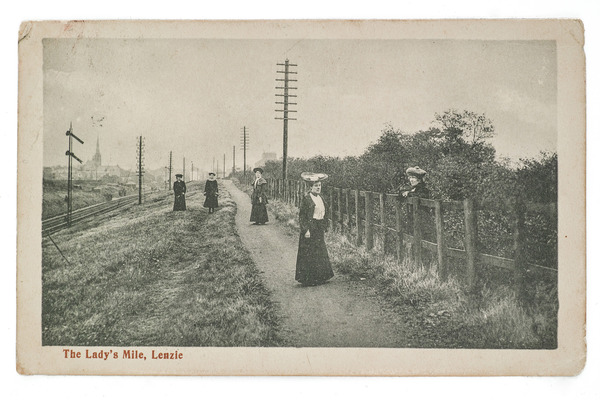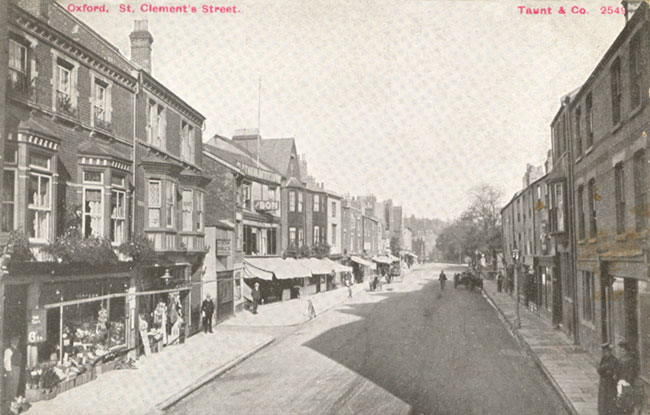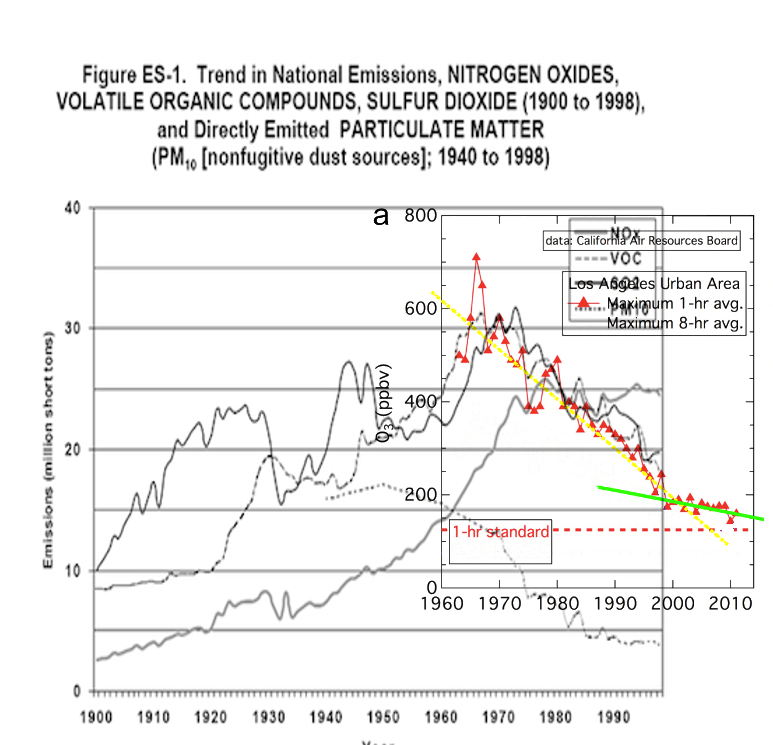In a previous article I outlined the evidence showing that so called “global warming” that occurred after the global cooling scare in the 1970s and up to the pause around 2001 was far from global.
This far from “global” warming was certainly neither correlated with the rise of CO2 in terms of time, nor space. In short, there’s no evidence at all it had anything to do with the longer GLOBAL rise in CO2.
The real cause of 1970-2000 warming.
In this article I simply want to show you the cause of global warming – or to be more precise of previous cooling. Can you spot it?
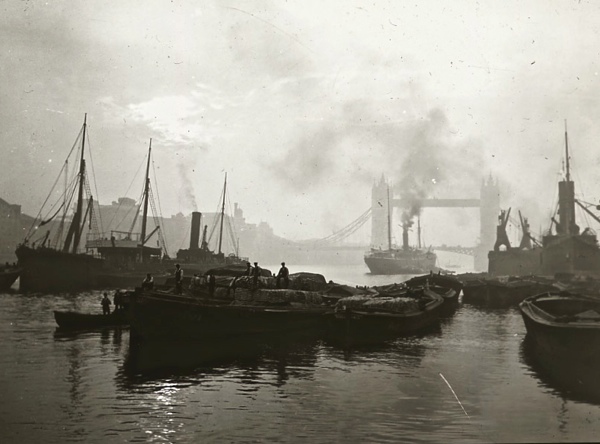
London
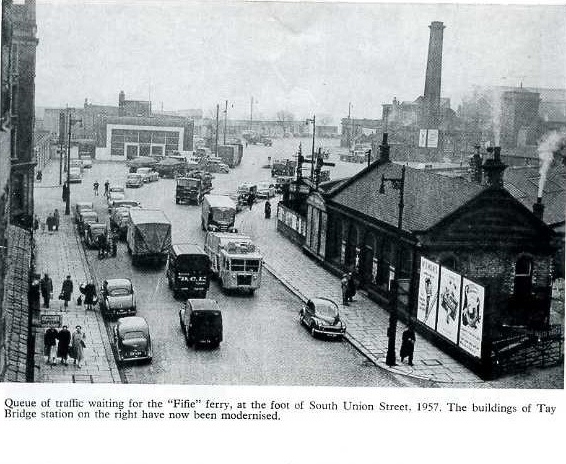
Dundee
If you haven’t spotted the commonality between all these old pictures here’s a clue:

Ten specimens of the horned lark, collected across the county near 1900. The birds on the right were collected in California or far from Midwestern pollution; the birds on the left were collected near Chicago.
Now as the final clue as to why there might have been a sudden increase in temperature from 1970 to 2000 in areas upwind of major industrialised areas, here is some overlaid graphs showing what happened to pollutants in the atmosphere after the worldwide implementation of clean air acts in the 1970s.
And if you’re still clueless you’re either a politicised academic who cannot accept any evidence which does not fit their pet theory – or you are so used to seeing old pictures where the objects in the distance fade into fog, that you’ve grown to believe that pictures naturally fade in this highly specific way such that only the objects in the distance become cloudy.
Note:
CO2 as a gas is relatively quickly dispersed around the world. As such the difference in concentration between areas is relatively small and so a change in CO2 would have a GLOBAL impact and not regional. In contrast, pollutants which cause sun blocking cloud, do so by becoming part of water droplets which are then washed out when it rains. As such they are relatively short lived and will only affect the climate for a few days downwind of where they are produced. As such the “hotspots” in warming upwind of major industrialised areas clearly show that the culprit was the removal of a former short lived pollutant involved in sun-blocking cloud formation. It was certainly NOT CO2.

